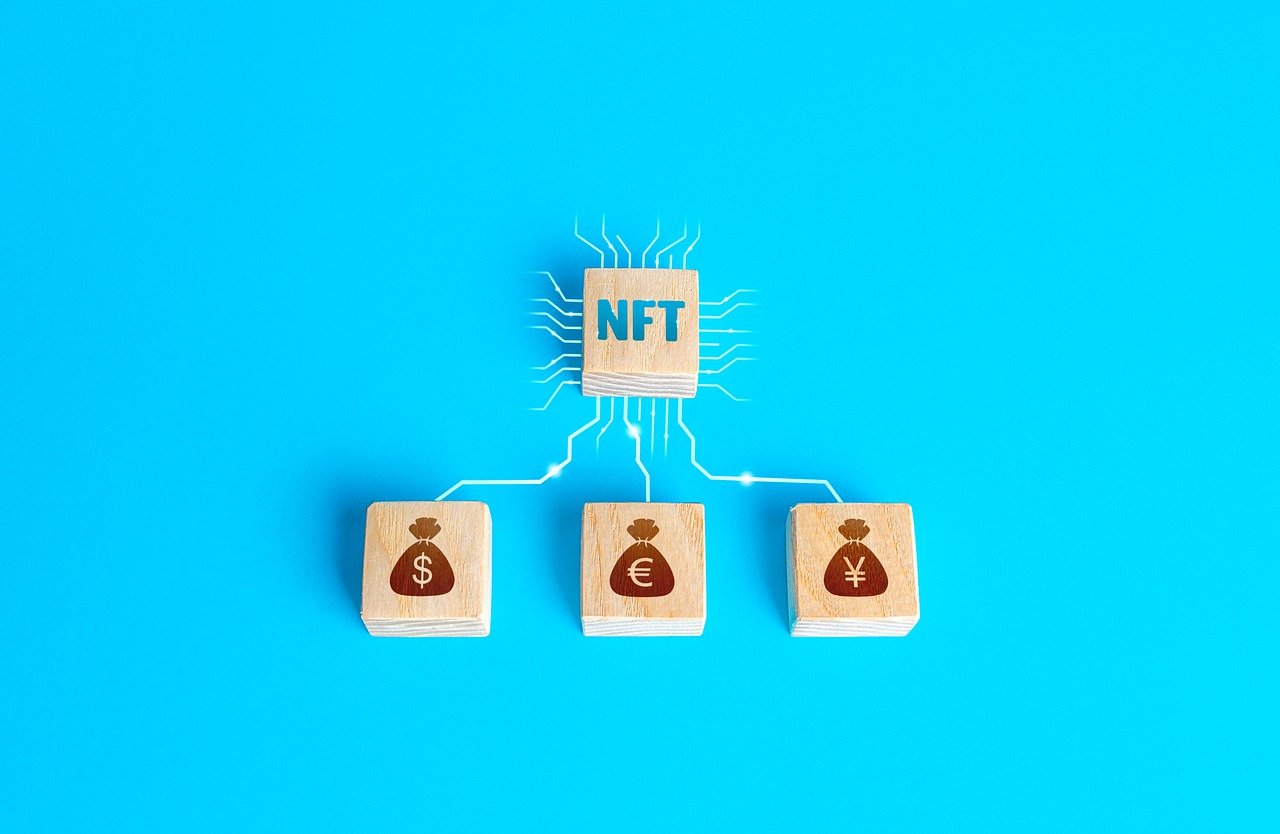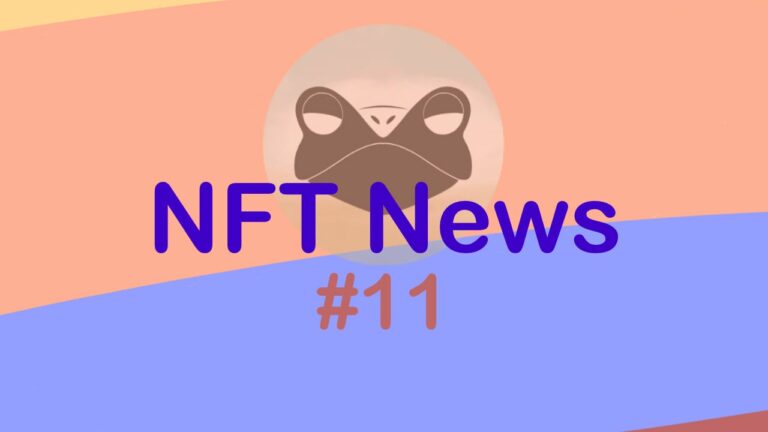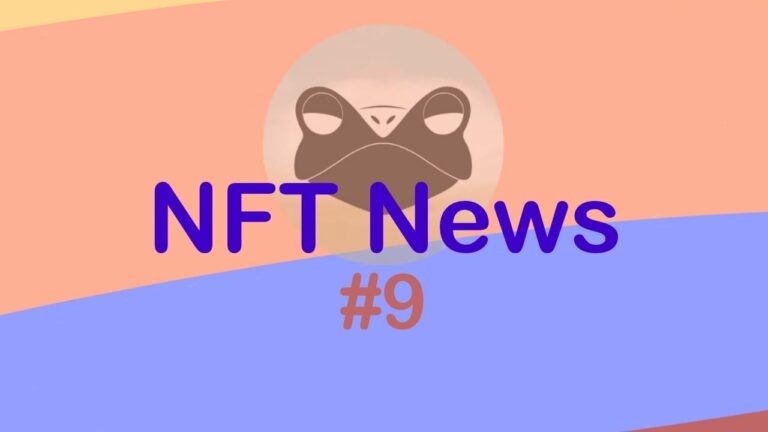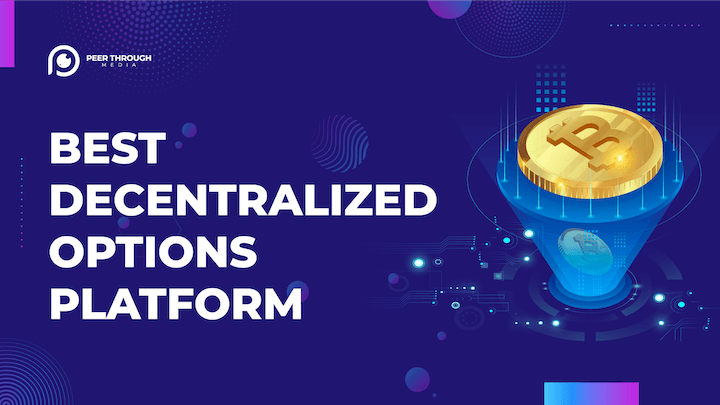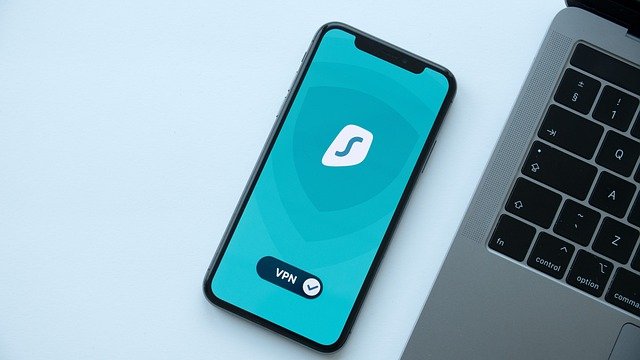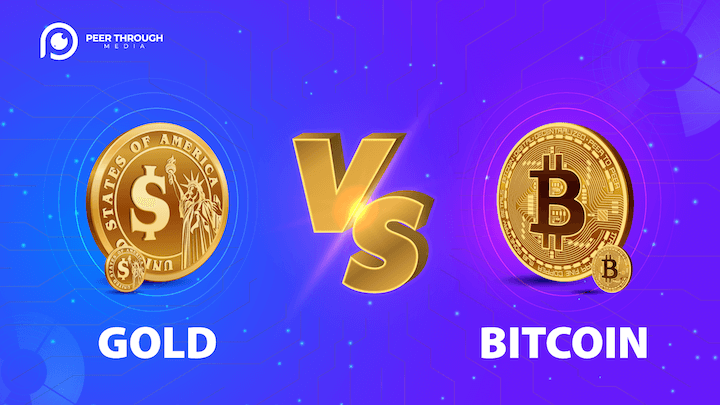NFT Investing Strategies
If you’re looking to better understand the world of NFT Investing, this article is for you. We’ll discuss common investment strategies for buying and selling Non-Fungible Tokens (NFTs) so that you can hopefully make money trading NFTs.
However, none of this is investment advice. These are just strategies I have used to buy and sell NFTs for a profit. I’ve also seen these strategies discussed by others in forums, but the world of NFTs is brand new and the market is incredibly volatile.
Please do your own research before investing in any NFT’s. Also note, these strategies primarily apply to NFT collections rather than 1 of 1 NFTs.
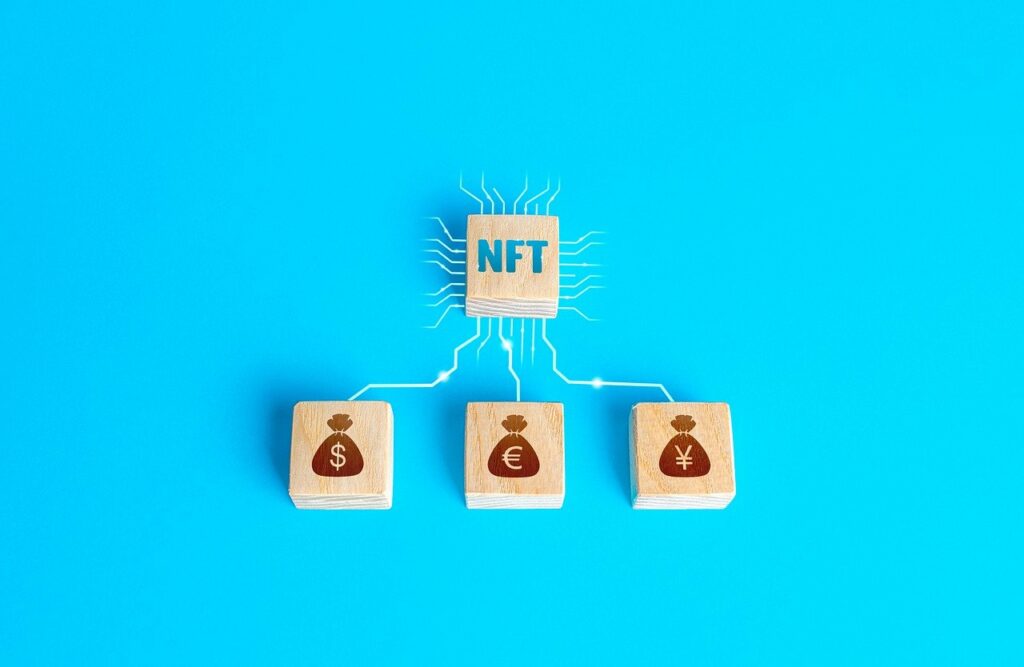
Basic Thoughts on Investing in NFT Collectibles
Investing in NFT collections is risky. Most of these avatar projects will likely trend to 0. Some will stay and rise above.
The NFT Collection taking off as a whole is more important for your success than which particular NFTs you hold. So, the first thing I do is evaluate the collection overall and THEN try and pick an individual NFT within the collection (or decide to mint a few from the collection in an NFT launch event.)
NFT Investing Collection Metrics
The world of NFT investments is both quantitative and qualitative. Here are a few quantitative metrics to look at when evaluating an NFT collection as a whole.
The NFT Price Floor
There’s a rudimentary metric called the price floor that is the cost of the lowest priced NFT in the collection. Assuming adequate trading volume & collection holders, the price floor is a good metric for judging how well the NFT collection is being received by the community.
A high price floor for an NFT collection means that people are willing to pay a lot to enter the club and or need a high buy out price to not own a piece of the collection.
Volume Traded
The NFT metric volume traded on Opensea refers to the total volume traded over the last 90 days. The higher the number the more liquid the market. You want a liquid market so that you can easily enter and exit NFT positions.
Owners
The NFT Metric owners on Opensea refers to the number of different addresses that hold an NFT from the collection. Generally, you want a high ratio of ‘owners to items’ in the collection. This indicates a broad user baser rather than ownership being concentrated by a few whales.
Loose Factors For Evaluating NFT Collections
Here are other factors I look at when deciding whether or not to buy into a collection.
Size and Engagement of Their Web 2 Communities
Checkout the NFT’s official Twitter, Discord/telegrams. What you want is a lot of active and passionate members.
Professionalism & Vision of the Team
Does the team behind the NFT collection seem dedicated to the project? Is their roadmap clearly spelled out & reasonable? Are their site & socials well put together? Are the founders anonymous or do they have a track record?
Be careful as there are going to be a lot of people launching collections that talk a big game, but then the founders will take the money, mint the NFTS and immediately leave the community without support.
Partnerships & Plans
You want a project that has some utility and plays well with other projects being built on the blockchain.
In particular, does the project plan to integrate with Decentraland and The Sandbox?
NFTS will/should eventually become avatars and access keys to games and platforms throughout web 3. You want a project working towards those goals.
Style, Story & Aesthetic of NFTs
Is the art cool? What about the story and lure behind the art?
These avatars have a theme and style. Do you like it? Do you think other’s in the NFT world will resonate with it?
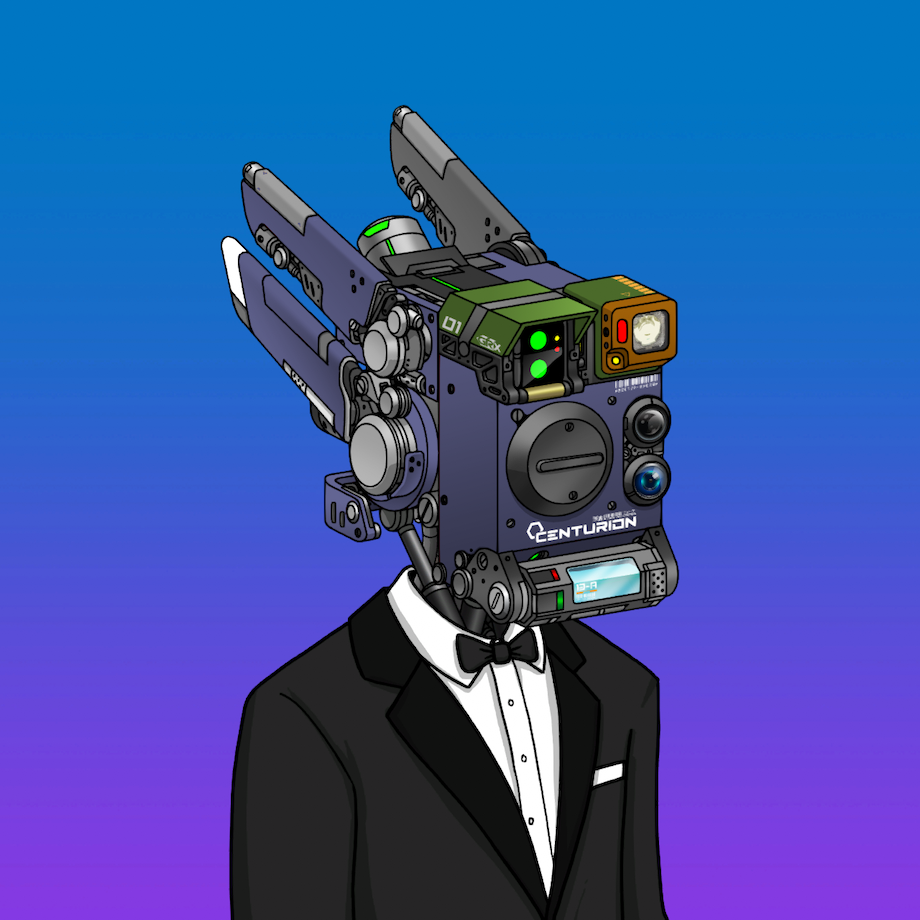
Strategies for NFT Investing on The Secondary Market
This section is going to speak about general strategies for “flipping” NFTs on secondary markets like OpenSea
Buy The Floor
If you believe the NFT collection as a whole is going to continue to become more popular, a great strategy is to buy the floor.
Buying the floor means buying the lowest price NFT in the collection with a “Buy Now” price.
Many people just want a piece of the collection. So you buy the cheapest piece in the collection with the idea that the collection itself will become more popular. You can sell the piece again at floor, but the floor is now higher.
If you’re eager to sell your NFT you could even ‘list below floor’ and still make a profit – if the floor raises.
Ex: You buy cheapest NFT in collection at .1 ETH. A week later the floor price of collection is at .2 ETH. You break the floor and list your NFT below floor .18. Once someone buys your NFT, the floor raises back to .2 ETH. You made .08 ETH on your NFT investment.
Scrape The Ceiling
NFTs are art. Unique flashy NFTs are the most coveted. People want to be king.
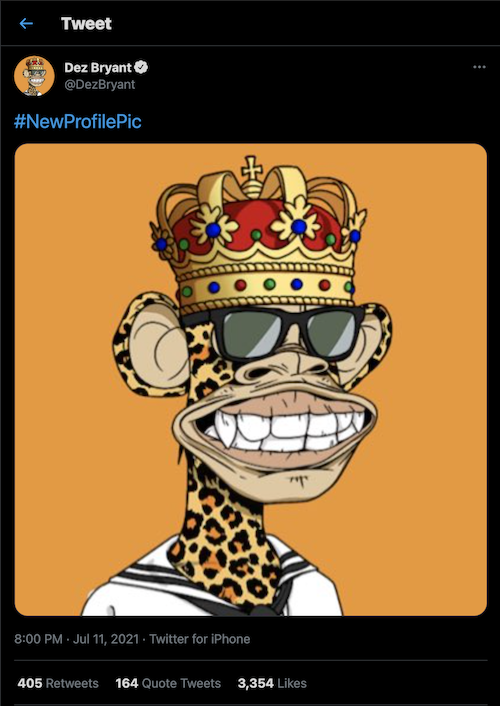
Scraping the ceiling involves buying something rare and off the wall. Buying one of the best in the collection in the hopes that more celebrities, influencers, & whales catch wind of the collection and want to come in strong.
Buy Multiple NFTs From the Same NFT Collection
It is a’t as much of an NFT investment strategy but buying 2 or more pieces of any one collection does help with the psychology of selling.
If you only have 1 NFT in the collection, the moment you sell you’re out of the club. The floor might rise too quickly for you to get back in and you’ll miss out.
Having multiple pieces from a collection makes it easier to sell at least 1 of your NFTs in that collection for a profit.
That’s often why people mint 10+ NFTs at NFT minting events.
NFT Investing Strategy – Minting
Minting NFT’s from a collection’s pre-sale website is the strategy with the most upside, but also the most risk.
I have written about the general concept of NFT Minting Events & the associated gas war risks in a previous article.
What Does it Mean to “Mint” an NFT at Launch?
Minting an NFT means that you pay the mint cost + gas cost to generate a unique NFT from the “Token Factory” contract to your wallet.
You are buying NFTs from the collection, site unseen, at a fixed price. Eventually the art is revealed and you can sell them on Opensea (or hold them).
Randomization of NFT
The alluring part about minting NFTs at an NFT Minting Event, is that the contract randomly generates the traits of the NFT.
Randomization means that you have a chance of getting that incredibly rare off the wall NFT at the same price as a basic member of the collection.
Generally, NFT minting events set one price for the entire collection. Once it is minted they reveal the artwork. If you “hit the jackpot” you could get 1 NFT that 10-100X’s. It’s fun and adds a slot machine element to the entire NFT Investing game.
Getting In As Early As Possible
To participate in an NFT Minting Event you need to know about the collection before it drops. You also need to have the technical knowledge to participate. The learning curve isn’t that steep, but there are certainly risks and things to keep in mind. Read this article on gas wars to know your risks.
In general, project owners will sell the NFTs below what they believe the floor will be on Opensea. They want to incentivize secondary sales as it’s a good look for the project AND usually creators take 2.5 – 10% of all secondary sales as well.
The idea of minting the collection early is that you will get the piece at a lower price than you ever could on Opensea. You become a market maker and are rewarded for your early bold moves if the collection takes off.
Conclusion on Basic NFT Investing Strategies
After spending time studying’s investing in NFT markets I’ve identified a few strategies that work for me. None of this is investment advice, but those strategies are:
- Go with your gut and mint NFTs pre-launch Buy The Floor
- Scrape The Ceiling
- Buy Multiple NFTs in one collection
Thanks for reading. You can browse NFTs and check out my collection, @Peerthrough, on opensea. Happy NFT Investing!

